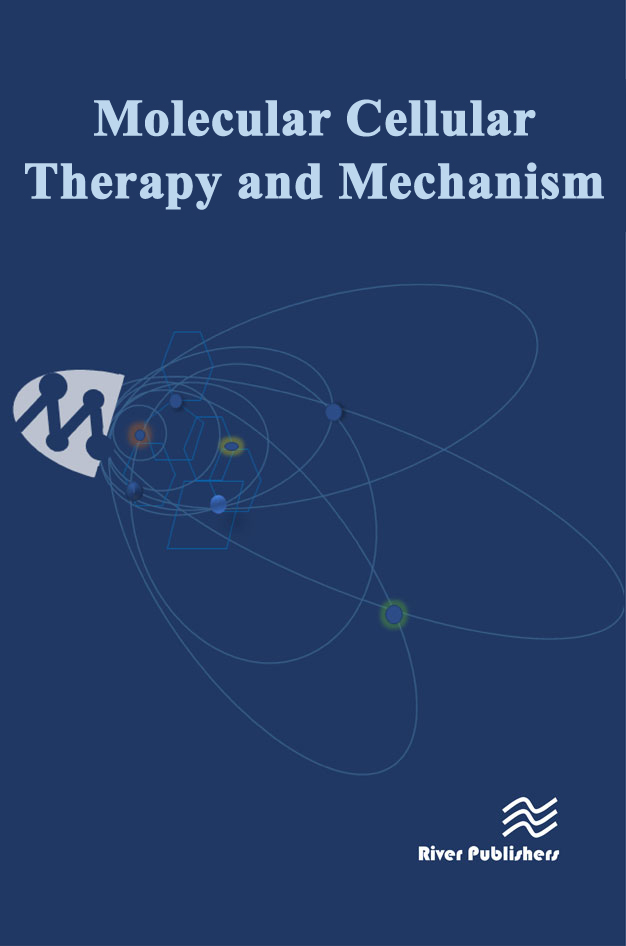Properties and prospects of adjuvants in influenza vaccination - messy precipitates or blessed opportunities?
DOI:
https://doi.org/10.13052/2052-8426-1-2Keywords:
Adjuvants, Influenza vaccination, Particle sizeAbstract
Influenza is a major challenge to healthcare systems world-wide. While prophylactic vaccination is largely
efficient, long-lasting immunity has not been achieved in immunized populations, at least in part due to the
challenges arising from the antigen variation between strains of influenza A virus as a consequence of genetic
drift and shift. From progress in our understanding of the immune system, the mode-of-action of vaccines can
be divided into the stimulation of the adaptive system through inclusion of appropriate vaccine antigens and of
the innate immune system by the addition of adjuvant to the vaccine formulation. A shared property of many
vaccine adjuvants is found in their nature of water-insoluble precipitates, for instance the particulate material
made from aluminum salts. Previously, it was thought that embedding of vaccine antigens in these materials
provided a “depot” of antigens enabling a long exposure of the immune system to the antigen. However, more
recent work points to a role of particulate adjuvants in stimulating cellular parts of the innate immune system.
Here, we briefly outline the infectious medicine and immune biology of influenza virus infection and procedures
to provide sufficient and stably available amounts of vaccine antigen. This is followed by presentation of the
many roles of adjuvants, which involve humoral factors of innate immunity, notably complement. In a
perspective of the ultrastructural properties of these humoral factors, it becomes possible to rationalize why
these insoluble precipitates or emulsions are such a provocation of the immune system. We propose that the
biophysics of particulate material may hold opportunities that could aid the development of more efficient
influenza vaccines.


